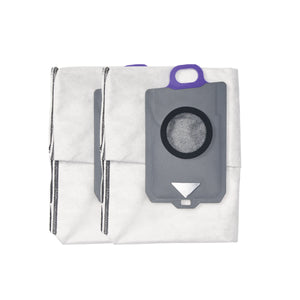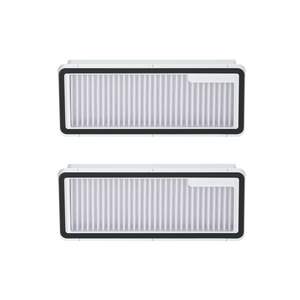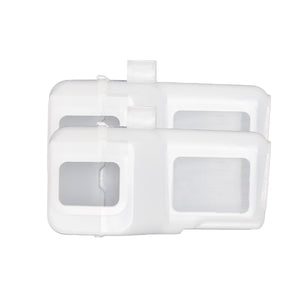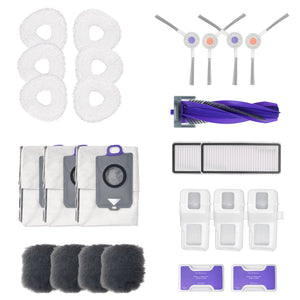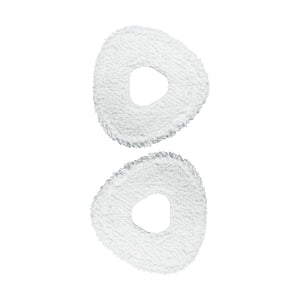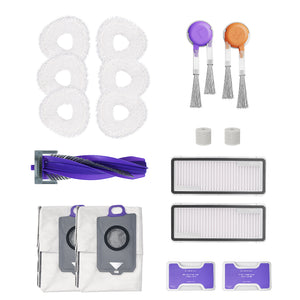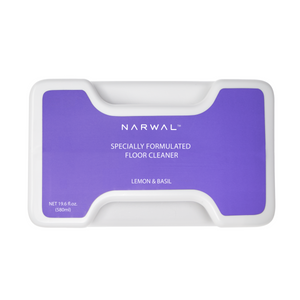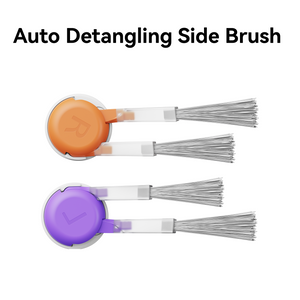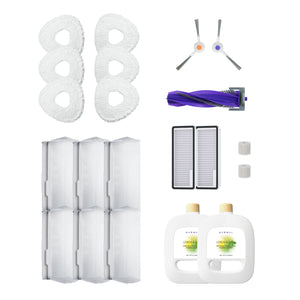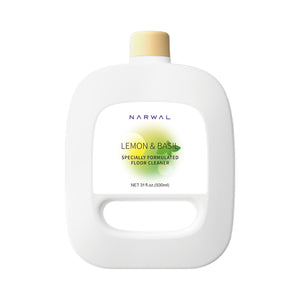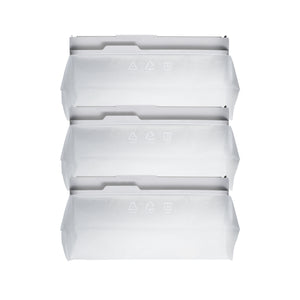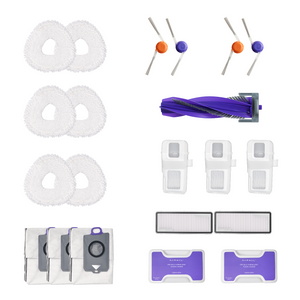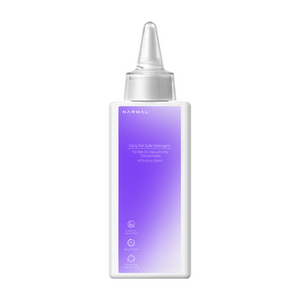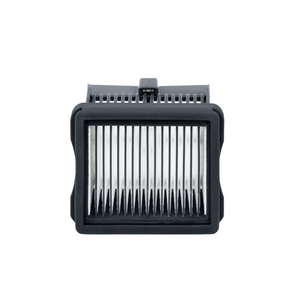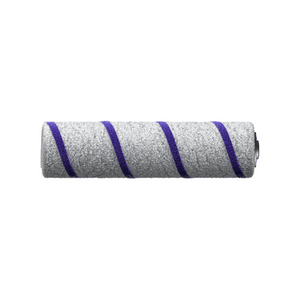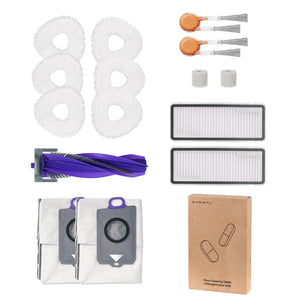Generally, high-traffic areas like kitchens and bathrooms should be mopped once a week, while less-used rooms can be mopped every other week or monthly.
Maintaining clean floors is essential for a hygienic and inviting home. However, determining the right mopping frequency and method can be tricky. This guide will help you understand how often to mop based on your home’s needs, the factors that influence mopping frequency, and the best practices for effective floor care.
Factors That Affect Mopping Frequency

Several factors influence how often you should mop your floors:
Traffic Volume:
The more people and pets in your home, the more frequently you’ll need to mop. High-traffic areas require more attention to stay clean. For instance, a busy household with multiple family members and pets will need more frequent mopping compared to a single-person household.
Floor Type:
Different flooring materials require different maintenance routines. For example, tile floors may need more frequent mopping than sealed wood floors due to dirt accumulation in grout lines. Laminate and vinyl floors, while durable, can also benefit from regular mopping to maintain their appearance.
Lifestyle:
Your habits and lifestyle impact the frequency of mopping. If you frequently track dirt into your home or have an active lifestyle with outdoor activities, you’ll need to mop more often. Conversely, if you spend a lot of time away from home or have a minimalist lifestyle, you might mop less frequently.
Weather:
During rainy or snowy seasons, you may need to mop more frequently to deal with mud and moisture brought indoors. To minimize dust intrusion, it's a good idea to put a doormat in the entryway and encourage your family to remove their shoes when entering the home. This can significantly reduce the cleaning burden on your home's floors.
Indoor Air Quality:
The quality of indoor air directly affects the frequency of floor cleaning. Dust accumulates in poor air. Having an air purifier and regular maintenance of your HVAC filters are key to reducing the need for frequent mopping. In addition, keeping your home clean and tidy will help keep dust at bay.
Light Versus Detailed Mopping
The frequency and intensity of mopping depend on your cleaning goals and the condition of your floors.
-
Light Mopping: This involves cleaning exposed areas and is ideal for quick touch-ups when there’s minimal dust or dirt. It’s perfect for maintaining cleanliness between deeper cleaning sessions.
-
Detailed Mopping: A more thorough process, detailed mopping includes moving furniture, cleaning under and behind objects, and scrubbing tough spots. This is the type of mopping we recommend every two to three weeks to ensure a deep clean and protect your floors.
Your choice between light and detailed mopping depends on your lifestyle and household needs. For example, homes with pets, kids, or high foot traffic may require more frequent detailed mopping, while quieter households can stick to lighter sessions.
Signs It’s Time to Mop Your Floors
Unsure if your floors need mopping? Here are clear signs that it’s time to break out the mop:
-
Visible Dirt or Smudges: If you notice dirt, footprints, or smudges on your floors, it’s a clear indicator that they need a thorough cleaning.
-
Pet Hair or Dander: Homes with pets often accumulate fur and dander on floors. If you see visible pet hair or notice allergies acting up, it’s time to mop.
-
Sticky or Tacky Spots: Floors that feel sticky underfoot or catch your shoes are a sign of spills or residue that need immediate attention.
-
Dull or Dingy Floor Color: If your floors look dull, muted, or discolored, it’s a sign that dirt and grime have built up over time.
-
Dirty Grout or Tile Lines: For tiled floors, dirty or discolored grout lines are a telltale sign that mopping is overdue.
-
Allergies or Respiratory Issues: If you or your family members experience sneezing, coughing, or other allergy symptoms, dust and allergens on your floors could be the culprit.
-
Unpleasant Odors: Lingering smells, especially in kitchens or bathrooms, often indicate that spills or dirt have been left unattended for too long.
-
Recent Spills or Messes: Accidents happen! If there’s been a recent spill or mess, don’t wait—mop immediately to prevent stains or sticky residue.
-
High Foot Traffic: Areas like entryways, hallways, and kitchens naturally accumulate more dirt. If these spaces look or feel dirty, it’s time to mop.
-
Seasonal Changes: Rainy or snowy weather can track mud and moisture into your home, requiring more frequent mopping during certain seasons.
By paying attention to these signs, you can ensure your floors stay clean, hygienic, and visually appealing. Regular mopping not only maintains your home’s cleanliness but also extends the life of your flooring.
How to Mop the Floor?

Mopping effectively requires proper preparation and technique. Follow these steps for sparkling clean floors:
Vacuum or Sweep First: Remove any large particles, hair, and dirt before mopping. Before mopping, make sure proper measures are taken to prevent dust from flying around. Using a vacuum with a floor attachment or a good-quality broom can make this step easier.
Prepare Your Mopping Solution: In the preparation stage, choose a mixture of warm water suitable for the type of flooring and a small amount of detergent in a bucket, avoiding overdoing it to avoid residue. On natural stone floors, avoid damage by using a pH-neutral cleaner.
Dampen Your Mop: The use of a wet mop needs to be moderately soaked and fully wrung out to prevent excess water penetration of the floor seams, resulting in swelling or deformation, especially for wood, and laminate flooring is particularly important.
Start Mopping: Begin in a corner farthest from the entrance and mop your way back. Use back-and-forth strokes, overlapping each stroke to ensure thorough cleaning. For large areas, consider mopping in sections to maintain control and efficiency.
Tackle Stubborn Areas: Use a non-abrasive nylon pad to scrub tough spots like scuff marks or sticky stains. In the face of stubborn stains, you can partially increase the cleaning agent, wait a few moments and then carefully wipe.
Rinse and Repeat: After mopping, be sure to rinse the floor with water to completely remove traces of cleaner, and wait until the floor is completely dry before use. For faster drying, open windows or use fans to increase air circulation.
Additional Tips:
Use Two Buckets: To improve efficiency, we recommend using the two-bucket method—one bucket for the cleaner and one bucket for rinsing the mop This method helps prevent spreading dirt back onto the floor and ensures a cleaner result.
Mop in Sections: Mop small sections of the floor at a time to ensure thorough cleaning. For spacious or open spaces, it is more efficient to use the zone mopping method.
Dry Floors Quickly: Open windows or use fans to help floors dry quickly and prevent water damage. Walking on a wet floor can leave footprints and smudges, so ensure it's completely dry before allowing foot traffic.
Mopping Precautions

When mopping your floors, keep these precautions in mind:
Avoid Excess Water: Too much water can damage floors, especially wood and laminate. At the same time, keep the mop moderately wet to avoid over-wet floor damage.
Use the Right Cleaner: Avoid damage by choosing the right cleaner for your floor type. For example, avoid acidic cleaners on marble or natural stone floors. Always read the manufacturer's instructions on your flooring for recommended cleaning products.
Change Water Frequently: Replace dirty water with fresh water to prevent the spreading of grime. Each water change should be timely, to avoid dirty water residue affecting the cleaning effect, so that the floor can restore the clean new look.
Protect Your Hands: Don't forget to protect your hands when carrying out your chores, too, by wearing rubber gloves to prevent potential skin damage from cleaning agents. This also helps prevent skin irritation and allergies from frequent exposure to cleaners.
Choose the Right Tools
Choosing the right cleaning tool is the key to successful mopping.
Which Mop is Best for Mopping the Floor
Microfiber mops are highly recommended because they are effective at picking up dirt and are easy to clean. They work well on various surfaces, including wood, tile, and laminate. Look for mops with removable, machine-washable heads for easy maintenance. Here are some popular options:
Flat Mops: Great for large areas and easy to maneuver. They often come with removable, washable pads. Flat mops are ideal for smooth surfaces and can easily reach under furniture.
String Mops: Traditional option that’s effective for scrubbing. However, they can be harder to wring out and clean. String mops are suitable for textured or uneven surfaces where more agitation is needed.
Sponge Mops: Good for absorbing spills but can push dirt around if not properly rinsed. Sponge mops are best for small spills and quick clean-ups.
Steam Mops: For families looking for deep cleaning and sanitizing, steam mops are a good choice. Steam mops are excellent for tile and sealed hard floors but should be used with caution on wood and laminate.
Robot Vacuum Cleaners Can Reduce Your Burden

Robot vacuum cleaners can significantly reduce the effort required to keep your floors clean. They can handle daily dust and dirt, allowing you to mop less frequently. Some premium models, like the Narwal Freo X Ultra, even come with a mopping function to make floor maintenance easier. For those looking for the ultimate convenience, the Narwal Freo X Ultra is an excellent choice.
Sweeping and Mopping in One: The Freo X Ultra combines sweeping and mopping so you can clean your floors more efficiently. This all-in-one feature saves time and energy. During mopping, it automatically detects the carpet and lifts the mop up to 8mm to keep it dry.
Powerful Cleaning: The Freo X Ultra provides 8200Pa of suction power to effectively remove stubborn stains, leaving floors and carpets spotless. Even deep carpet hairs and trash debris can't escape. With AI DirtSense technology, it is aware of when your floors are cleaned and continue to scrub until cleaning is complete. EdgeSwing technology makes it possible to clean the edges and reach every corner of the house.
Microfiber Mop Heads: These mop heads are made of microfiber material with a soft texture that won't cause scratches. They can handle a variety of surfaces including wood, tile, vinyl, laminate, carpet and marble.
Zero Tangling Brush: The innovative tapered brush design prevents hair and pet hair from tangling and ensures efficient cleaning, making it the perfect companion for pet owners and families with children.

Self-cleaning and Low Noise: The maintenance-free base automatically washes, dries and refills the mop with detergent and water. It also cleans and dries itself, ensuring that manual intervention is minimized. In addition, the Freo X Ultra operates at a low noise level of 33 decibels, making it a convenient choice for families.
Obstacle avoidance: Triple laser obstacle avoidance combined with industry-leading mapping technology helps the Freo X Ultra accurately maneuver around furniture and other obstacles.
Independent Dust Removal: A built-in system compresses dust for up to 7 weeks of maintenance-free cleaning. This feature includes a disposable dust bag for easy disposal and worry-free cleaning.

Mopping Tips for Sparkling Clean Floors
Now that you know how often to mop, here are some expert tips to ensure your floors stay spotless and well-maintained. Whether you’re using a traditional mop or a robot mop, these strategies will help you achieve sparkling clean floors with ease.
Take Care of Your Mop or Robot Mop
-
Traditional Mops: Clean and disinfect your mop after each use, and allow it to dry completely before storing. A dirty mop can spread bacteria and germs, defeating the purpose of cleaning.
-
Robot Mops: Regularly clean the mop pads, water tanks, and sensors. Replace mop pads as needed to prevent bacteria buildup and ensure optimal performance.
Choose the Right Mop or Robot Mop
-
Traditional Mops: Opt for mops with removable, washable heads or disposable pads. These are easier to sanitize and maintain compared to sponge or string mops.
-
Robot Mops: Select models with self-cleaning and drying features, like the Narwal Freo series, which automatically washes and dries mop pads to keep them hygienic.
Use Separate Mops for Different Areas
-
Traditional Mops: Designate specific mops for different areas of your home (e.g., one for bathrooms and another for kitchens) to prevent cross-contamination.
-
Robot Mops: If you have multiple floors or areas with different cleaning needs, consider using virtual barriers or no-go zones in the app to ensure the robot mop cleans each area appropriately.
Spray Cleaning Solution Instead of Dipping
-
Traditional Mops: Instead of dipping your mop into a bucket of dirty water, spray the cleaning solution directly onto the floor or mop head. This ensures you’re cleaning with fresh solution every time.
-
Robot Mops: Use models with smart solution dispensing, like the Narwal Freo X Ultra, which automatically mixes and dispenses the right amount of cleaning solution for each task.
Vacuum or Sweep Before Mopping
-
Traditional Mops: Regularly vacuum or sweep your floors to remove dust and debris. This reduces the frequency of mopping and prevents dirt from spreading during the mopping process.
-
Robot Mops: Use a robot vacuum or a vacuum-mop combo to pre-clean floors. Many robot mops, like the Narwal Freo Z Ultra, can vacuum and mop in one go, saving time and effort.
[cta:narwal-freo-z-ultra-robot-vacuum-mop]
Address Stains Immediately
-
Traditional Mops: Clean up spills and stains as soon as they happen to prevent them from setting in. This reduces the need for heavy scrubbing later.
-
Robot Mops: For tough stains, use the spot-cleaning feature on your robot mop to target specific areas. Some models, like the Narwal Freo X Ultra, even detect stains and adjust cleaning intensity automatically.
Optimize Your Cleaning Routine with Technology
-
Robot Mops: Take advantage of smart features like scheduling, multi-floor mapping, and AI-powered navigation to streamline your cleaning routine. For example, set your robot mop to clean high-traffic areas daily and less-used spaces weekly.
-
Traditional Mops: If you prefer manual cleaning, pair it with a robot vacuum to handle daily dust and debris, allowing you to focus on deeper mopping tasks.
Maintain Air Quality
-
Use high-quality air filters in your home to reduce dust and allergens. This not only improves air quality but also minimizes the amount of dirt that settles on your floors, reducing the need for frequent mopping.
By following these tips, you can keep your floors sparkling clean and extend the life of your cleaning tools, whether you’re using a traditional mop or a high-tech robot mop. With the right approach, maintaining spotless floors can be effortless and efficient!
Conclusion
Mopping the floor is not only a part of housework, but also an important part of maintaining the health and cleanliness of the family.
While the frequency of mopping depends on several factors, a weekly routine for high-traffic areas and less frequent mopping for low-traffic areas is generally a good rule of thumb. Through rational planning and scientific operation, we can ensure that the floor is always clean, creating a more comfortable and healthy living environment for the family.
Regular floor cleaning not only beautifies the appearance of your floors, but also creates a more hygienic and healthy living space by eliminating dust accumulation, bacteria and allergens. When planning a mopping schedule, it is important to be flexible depending on the flooring material and the specific needs of your family members.
Using the proper cleaning techniques and methods will help maintain your floors in optimal condition and extend their durability.
FAQs
How can I extend the time between mopping sessions?
Regularly sweep or vacuum your floors and clean up spills immediately. The use of doormats at entrances can also help reduce the amount of dust brought into your home.
What should I do if my floors still look dirty after mopping?
When you find that the floor is still dirty after mopping, you may want to check whether you have used too much cleaner, and adjust the dosage appropriately to solve the problem. Make sure to rinse the floors with clean water after mopping and dry them quickly to avoid streaks.
How often should I replace my mop?
Replace your mop head every few months or sooner if it shows signs of wear, staining, or a persistent odor. Machine-washable mop heads should be cleaned regularly to maintain their effectiveness.





















